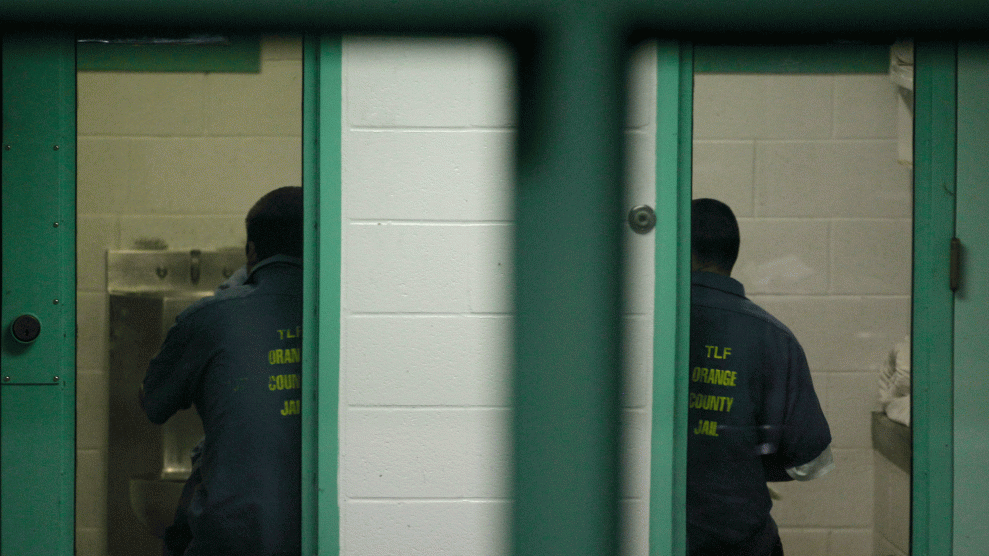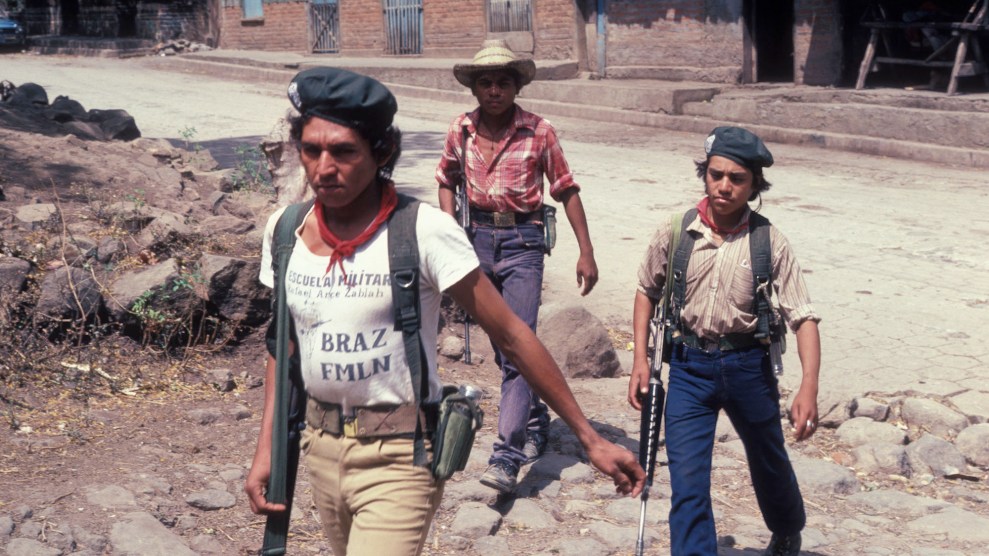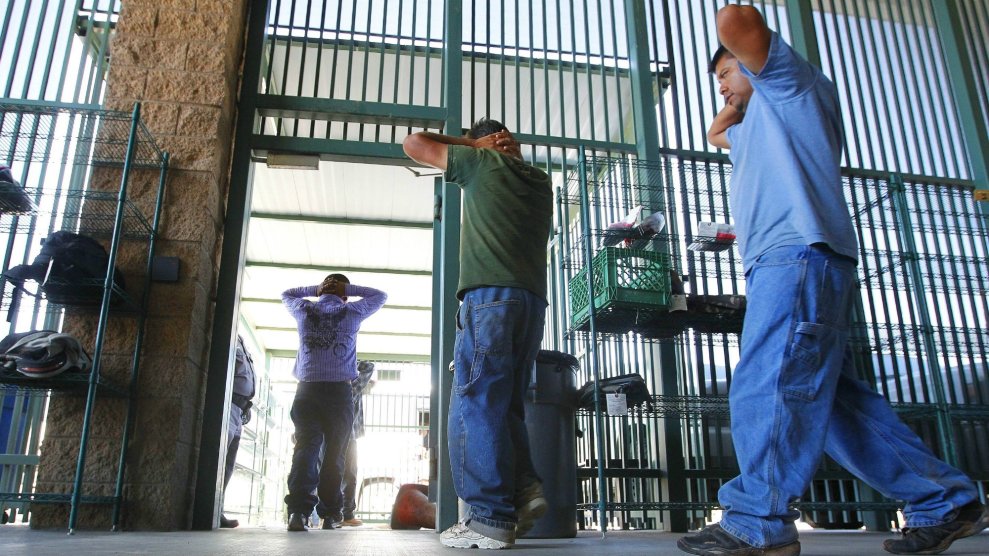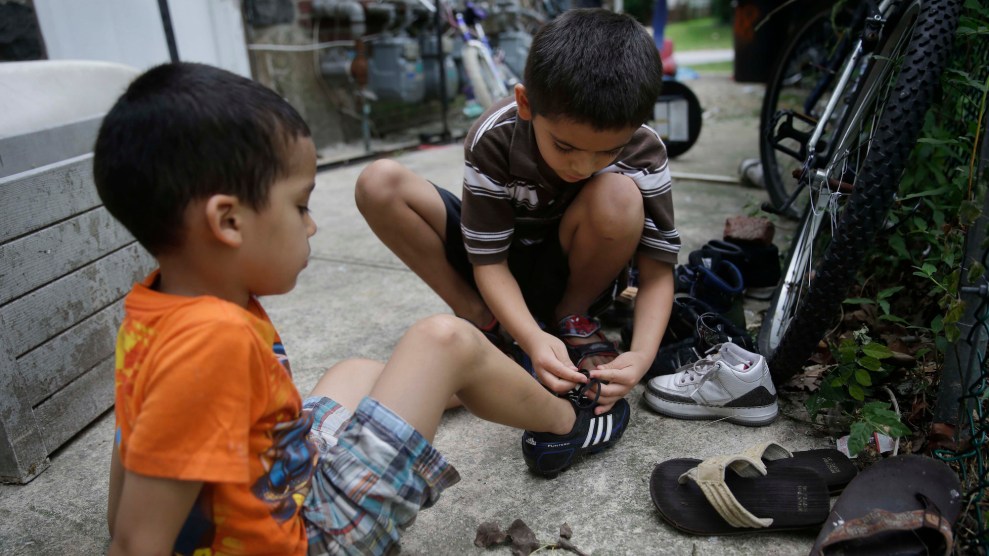
Immigration detainees sit in their cells at the Theo Lacy Facility in Orange, Calif., in 2010. Jae C. Hong/AP
Two days after 40 Democratic senators called on the Trump administration to end its “inhumane decision” to separate families at the border, the Washington Post reported that a Honduran father who had been separated from his wife and child suffered a mental breakdown and committed suicide while in a padded room at a Texas jail.
The Department of Homeland Security has not publicly disclosed the death of 39-year-old Marco Antonio Muñoz. But according to the Post, which obtained a copy of the sheriff’s department report, Muñoz was found on the floor of his cell in a pool of blood with an item of clothing wrapped around his neck on May 13—shortly after the Trump administration implemented its “zero-tolerance” policy on illegal immigration, implementing tactics including separating families as a form of deterrence and attempting to prosecute anyone who crosses the border without authorization, even if they do so to seek asylum.
Much of the concern around Trump’s immigration crackdown has focused on how family separation can hurt children. (Georgetown University Health Policy Institute recently reported that it can lead to “potentially irreparable harm.”) But Muñoz’s suicide underscores the devastating toll the policy can take on parents as well. According to the Post, this is what happened to Muñoz and his family:
According to Border Patrol agents with detailed knowledge of what occurred, Muñoz crossed the Rio Grande with his wife and three-year-old son on May 12 near the tiny town of Granjeno, Texas. The area is a popular crossing point for Central American families and teenagers who turn themselves in to apply for asylum in the United States.
Soon after Muñoz and his family were taken into custody, they arrived at a processing station in nearby McAllen and said they wanted to apply for asylum. Border Patrol agents told the family they would be separated. That’s when Muñoz “lost it,” according to one agent, speaking on condition of anonymity to discuss the incident.
“The guy lost his s—,” the agent said. “They had to use physical force to take the child out of his hands.”
Muñoz was placed in a chain-link detention cell, but he began punching the metal and shaking it violently, agents said.
On Wednesday, a federal judge allowed a lawsuit filed by the ACLU challenging family separation to proceed after the Trump administration sought to get it dismissed. Judge Dana M. Sabraw wrote in his ruling that “at a minimum, the facts alleged are sufficient to show the government conduct at issue shocks the conscience and violates Plaintiffs’ constitutional right to family integrity.”












